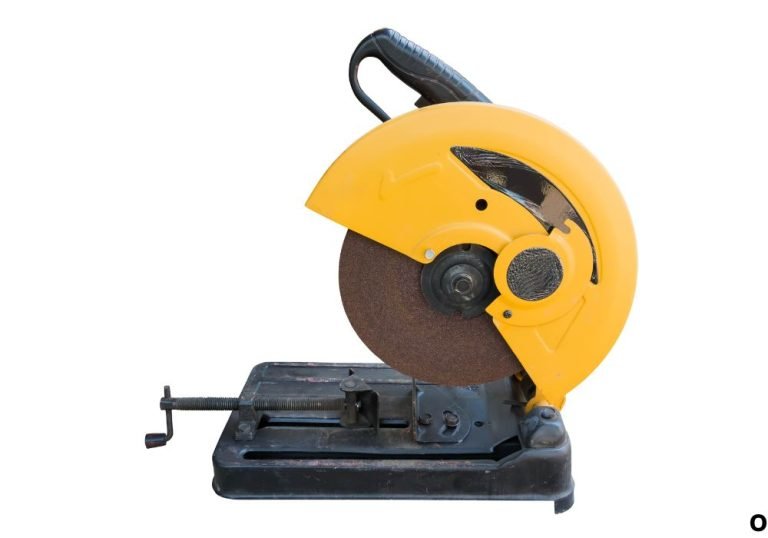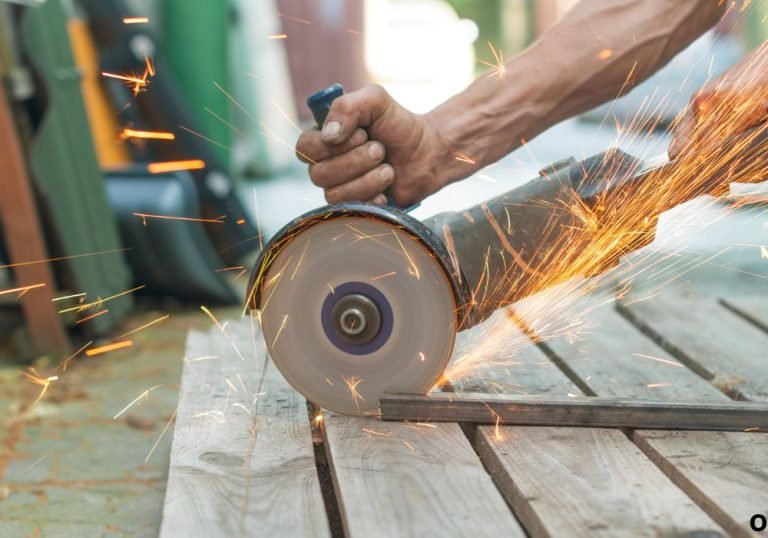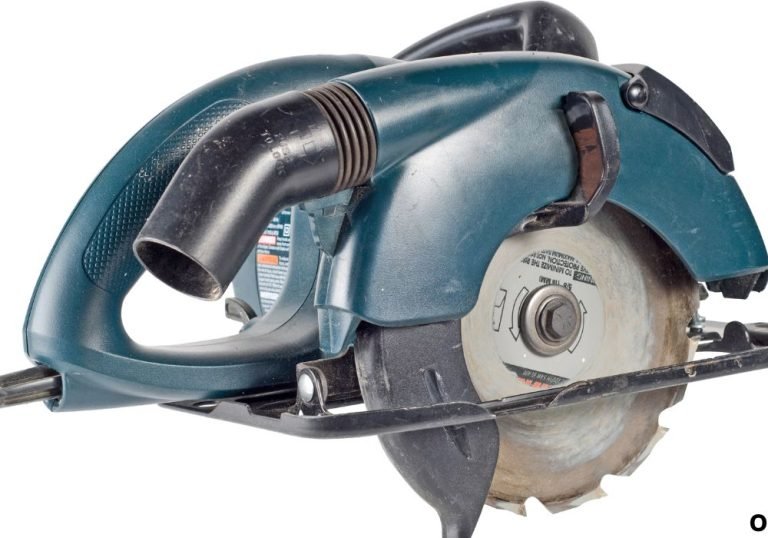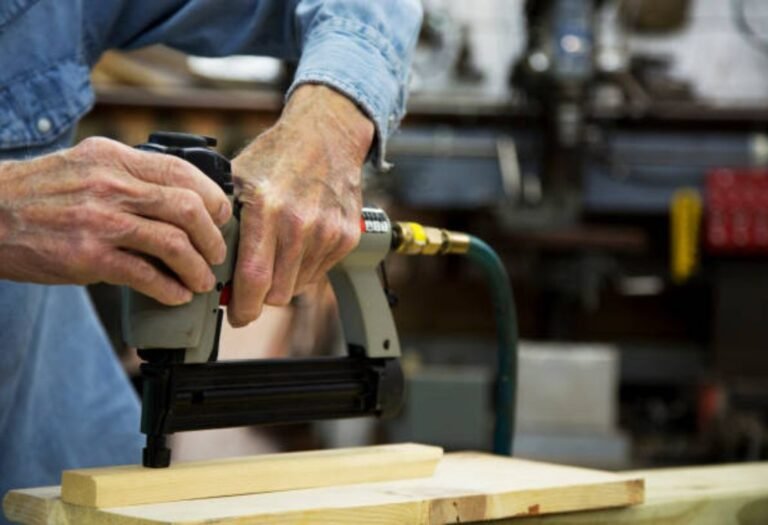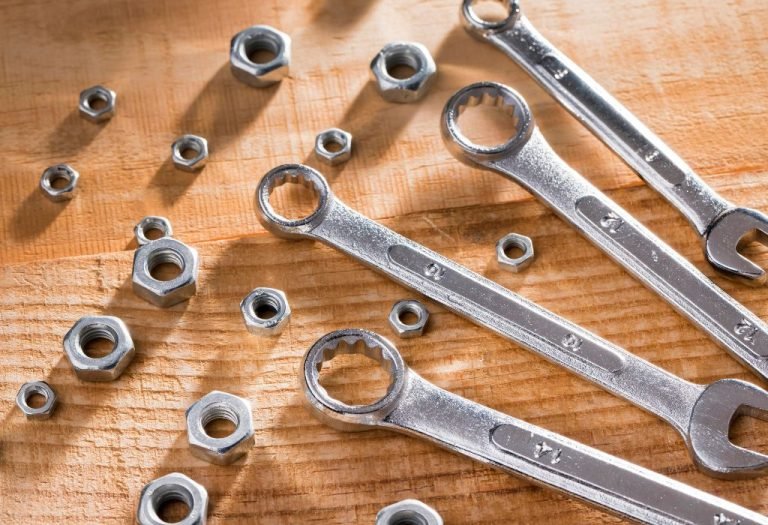How to Use Heat Shrink Tubing Without a Heat Gun
You sit down to repair a frayed wire and reach for your tools. The heat shrink tubing is ready, but there’s no heat gun in sight.
Many DIYers assume a heat gun is the only way to shrink tubing. In reality, there are several safe and practical alternatives using everyday household items.
Heat shrink tubing is one of the most common solutions for insulating and protecting wires. It works by contracting tightly around a surface when exposed to heat, creating a durable seal.
While heat guns are designed to apply controlled, even heat, they are not always available. Fortunately, options like hair dryers, lighters, boiling water, and even candles can achieve similar results.
Each method comes with its pros and cons. Some are safer and slower, while others are quick but risk damaging the tubing if not done carefully.
The right choice depends on the project, the materials, and the tools you have on hand. Knowing multiple methods ensures you can always finish a job, even without specialized equipment.
According to Electronics Weekly, heat shrink tubing is used widely in electronics, automotive, and home repairs for reliable insulation.
That means having backup methods can save time and prevent delays.
This guide explores how to use heat shrink tubing without a heat gun, outlining the most effective alternatives and safety tips for success.
What Is Heat Shrink Tubing and Why Is It Used?
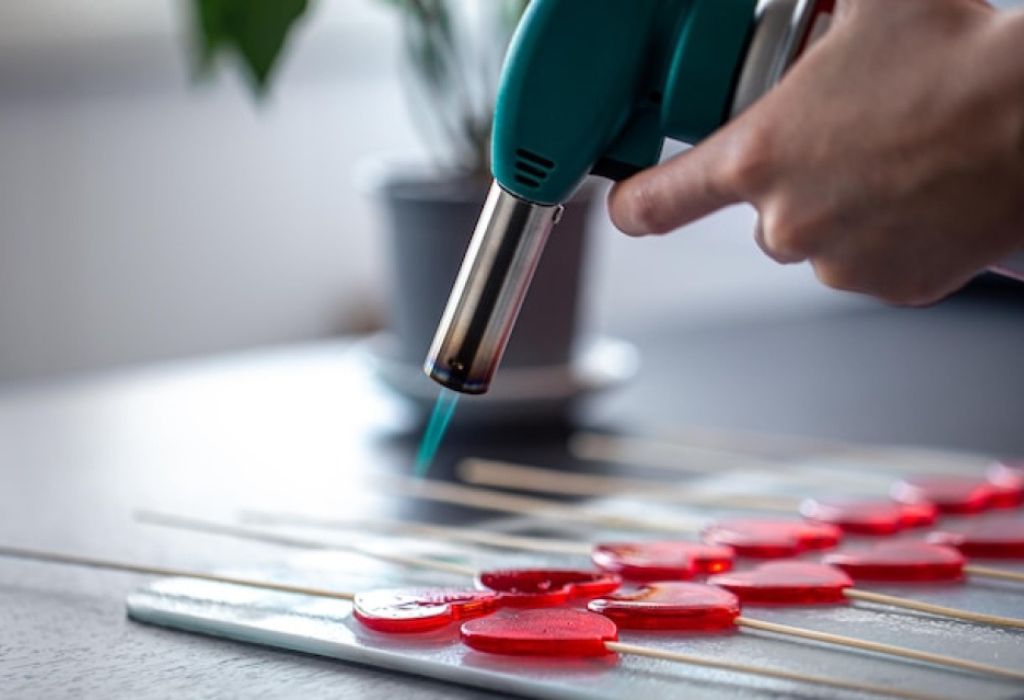
Heat shrink tubing is a plastic sleeve that contracts when exposed to heat. It is widely used to insulate electrical connections and protect wiring.
The tubing creates a tight seal around wires or cables. This prevents moisture, dust, and other contaminants from causing damage.
It is also used to provide mechanical support. By gripping the wire, it reduces strain and helps prevent breaks.
Heat shrink tubing is especially common in electronics and automotive repairs. It creates professional-looking results with minimal effort.
Normally, a heat gun is used to shrink the tubing. This tool applies hot air evenly to ensure smooth and reliable results.
However, heat guns are not always accessible for quick fixes. That’s when alternative heating methods come into play.
The key is finding a heat source that can warm the tubing enough without damaging it. Several household items are suitable for this purpose.
Knowing why heat shrink tubing matters helps you choose the right method when no heat gun is available.
What is heat shrink tubing?
It is a plastic sleeve that shrinks when heated.
Why is it important?
It insulates and protects wires from damage.
Is a heat gun required?
No, other heat sources can work as well.
Where is heat shrink used most?
Electronics, automotive, and wiring projects.
Can You Use Heat Shrink Tubing Without a Heat Gun?
Yes, heat shrink tubing can be applied without a heat gun. Several alternative methods provide enough heat to shrink the tubing effectively.
Hair dryers are one of the safest alternatives. They provide steady airflow, though at lower temperatures than heat guns.
Lighters and matches can also be used. These provide direct flame, which requires careful handling to avoid burning the tubing.
Boiling water is another effective method. By dipping the tubing into hot water, it shrinks evenly without the risk of flame damage.
Other household items like candles, ovens, or soldering irons can be improvised for the task. Each method varies in convenience and safety.
The method you choose depends on the project. Smaller jobs may work fine with a lighter, while larger or delicate jobs benefit from a hair dryer or boiling water.
Safety must always be the top priority. Applying too much heat can melt the tubing or damage the wires inside.
With care, heat shrink tubing can be applied successfully without specialized equipment.
Do I always need a heat gun?
No, alternatives like hair dryers or boiling water work.
Is it safe to use without a heat gun?
Yes, if the method is chosen carefully.
Do all methods work equally well?
No, some are safer and more effective.
What is the biggest risk?
Overheating or damaging the tubing.
Using a Hair Dryer for Heat Shrink Tubing
A hair dryer is one of the most common substitutes for a heat gun. It produces hot air that can gradually shrink tubing.
This method works best on thin or small-diameter tubing. Larger or thicker tubing may not shrink completely with a hair dryer.
To use, hold the dryer close to the tubing. Move it in circular motions to apply heat evenly.
Avoid holding the dryer in one spot for too long. Uneven heating can cause the tubing to warp or burn.
The process may take longer compared to a heat gun. Patience is necessary for consistent results.
The main advantage of a hair dryer is safety. There is no open flame, making it ideal for beginners.
Another benefit is accessibility. Almost every household has a hair dryer available.
For light-duty projects, this method is reliable and effective.
Can I use a hair dryer instead of a heat gun?
Yes, for small tubing it works well.
Will it work on all tubing sizes?
No, thick tubing may not shrink fully.
Is it safe for electronics?
Yes, if overheating is avoided.
Does it take longer?
Yes, compared to a heat gun.
Using a Lighter or Matches for Heat Shrink Tubing
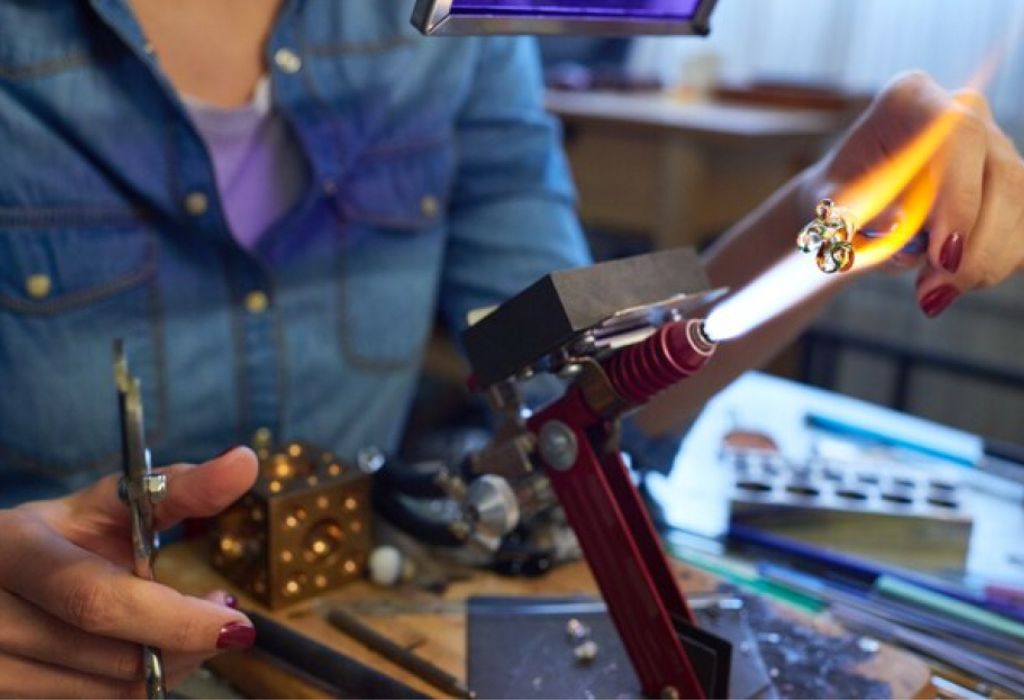
A lighter or match provides direct heat to shrink tubing. This method is quick but requires caution.
Hold the flame just below the tubing. Keep the tubing above the flame and move it constantly to avoid burning.
Never let the flame directly touch the tubing. This can cause holes or blackened surfaces.
This method works best for small jobs. It is common for outdoor or automotive repairs where no other tools are available.
The advantage is speed and portability. A lighter can shrink tubing in seconds.
The disadvantage is safety. Direct flames are harder to control and may damage wires.
If used carefully, a lighter can be an effective emergency solution. Always work in a ventilated area to avoid inhaling fumes.
This method should be reserved for situations where safer options are not available.
Can I use a lighter for heat shrink?
Yes, but caution is necessary.
Will the tubing burn?
Yes, if exposed directly to the flame.
Is it safe indoors?
Only with ventilation and care.
What’s the advantage?
It is quick and widely available.
Using Boiling Water to Shrink Tubing
Boiling water provides even and gentle heat. It is one of the safest alternatives to a heat gun.
To use this method, place the tubing on the wire before dipping. Submerge the tubing briefly in boiling water.
The heat causes the tubing to contract tightly. The result is smooth and uniform shrinkage.
This method works especially well for waterproofing. Water distributes heat evenly around the tubing.
It avoids the risks of flame or overheating. There is no danger of burning the tubing.
The downside is convenience. This method requires extra preparation and cannot be used in every setting.
It is best for planned projects where boiling water is readily available. Emergency situations may not allow this method.
For safety and reliability, boiling water is one of the best alternatives.
Can boiling water shrink tubing?
Yes, it works evenly and safely.
Is it safe for wires?
Yes, it does not use flames.
Does it shrink evenly?
Yes, the water provides consistent heat.
Is it practical?
Best for planned rather than emergency jobs.
Using Other Household Items for Heat Shrink Tubing
Several other heat sources can shrink tubing in a pinch. A candle flame works similarly to a lighter but allows hands-free heating.
A gas stove burner can be used carefully. However, it carries the risk of damaging tubing or wires.
A soldering iron can shrink tubing indirectly. Holding it close without contact provides enough heat for small sections.
An oven can shrink multiple tubes at once. However, this method should only be used for bulk tubing, not wires already attached.
Some DIYers even use car exhaust heat. While unusual, it can work in emergencies outdoors.
Each method has unique pros and cons. None provide the precision of a heat gun.
When improvising, safety is critical. Choose the method that minimizes risks for your project.
Can a candle work?
Yes, but keep tubing above the flame.
Can I use an oven?
Yes, for bulk tubing only.
Can I use a soldering iron?
Yes, by holding it close to the tubing.
Are these methods safe?
Only with proper care and supervision.
Safety Tips for Shrinking Tubing Without a Heat Gun
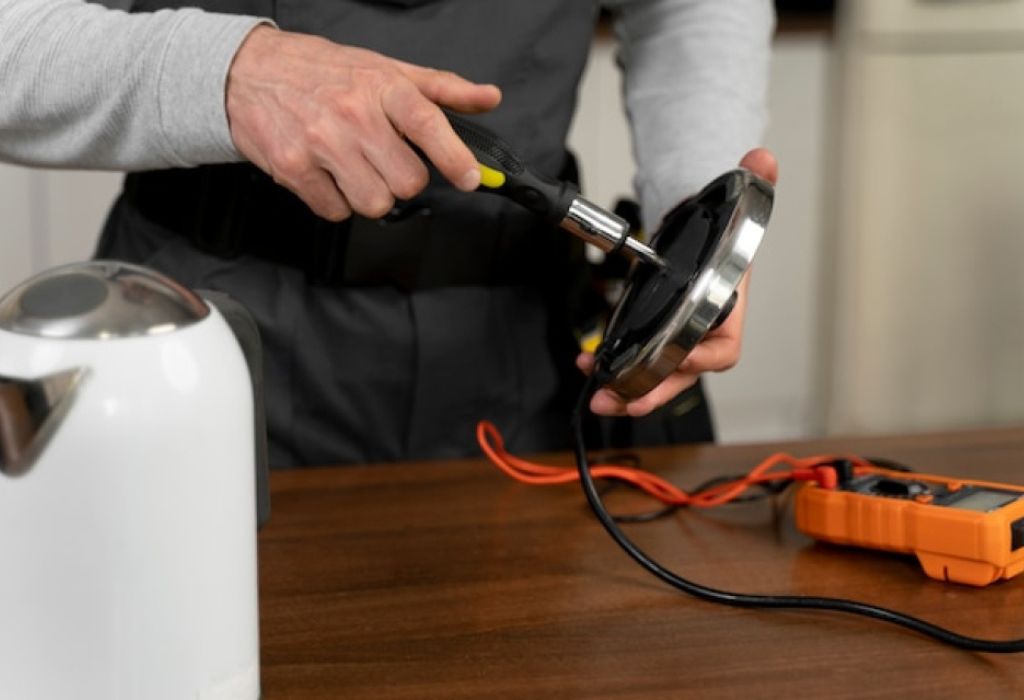
Safety is the most important factor when using alternative methods. Flames, heat, and electricity must always be handled carefully.
Avoid direct flame contact with the tubing. It can melt or create holes instantly.
Work in a well-ventilated area. Some tubing materials release fumes when overheated.
Wear gloves to protect your hands from burns. Hot water and flames both pose risks.
Always test a small piece of tubing first. This ensures you know how the material reacts to the chosen method.
Apply heat gradually rather than all at once. Slow shrinking is better than overheating.
Never attempt to shrink tubing while wires are connected to live circuits. Always disconnect power before working.
Following these precautions prevents accidents and ensures reliable results.
What is the safest alternative method?
Boiling water or a hair dryer.
What is the riskiest method?
Direct flame such as lighters or stoves.
How do I avoid overheating?
Apply heat gradually and evenly.
Do I need protective gear?
Yes, gloves and ventilation are important.
Best Practices for Reliable Results
Choose the right tubing size before applying heat. Oversized tubing will not shrink tightly enough.
Slide the tubing over the wire before making connections. Forgetting this step is a common mistake.
Apply heat evenly around the tubing. Uneven heating creates weak spots in insulation.
Rotate the wire or the heat source for uniform results. This prevents gaps or wrinkles.
Test shrinkage with spare tubing first. This ensures you have the right method and timing.
For professional or frequent projects, invest in a heat gun eventually. It saves time and guarantees consistent results.
Store tubing properly to avoid damage. Keep it in a dry, cool place until use.
With these practices, you can achieve professional results even without a heat gun.
Should I test tubing first?
Yes, to avoid mistakes.
Does size matter?
Yes, tubing must fit snugly.
Can uneven heating cause problems?
Yes, it creates weak insulation.
Should I eventually buy a heat gun?
Yes, for frequent projects it is worth it.
Conclusion
Heat shrink tubing is one of the most reliable ways to insulate and protect wires. A heat gun is the ideal tool, but alternatives are widely available.
Hair dryers, lighters, boiling water, and even soldering irons can shrink tubing effectively. Each method has strengths and weaknesses.
The key is choosing the safest and most practical method for your situation. For emergency fixes, quick options like lighters may work, while planned projects benefit from boiling water.
For anyone asking “how to use heat shrink tubing without a heat gun,” the answer is clear. With caution and creativity, you can finish the job safely using common household tools.

I’m Michael R. Turner, the founder, lead writer, and passionate DIY enthusiast behind 101diytools.com. With years of hands-on experience in home improvement and power tools, I built this platform to share practical tips, in-depth guides, and honest reviews to help DIYers of all skill levels tackle projects with confidence and the right tools.


